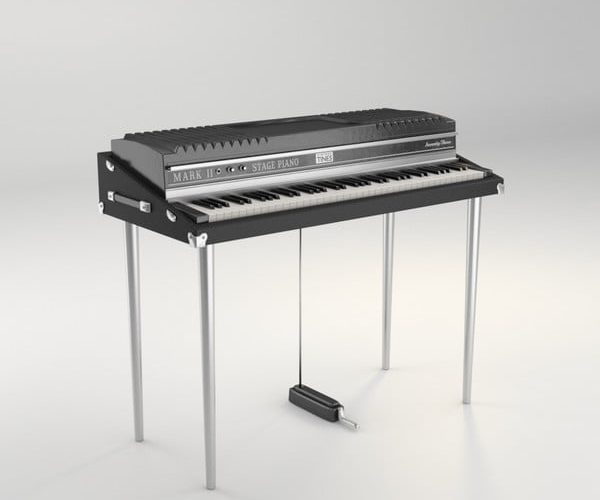

They add a lot to the sound, and the reverbs are particularly effective on the pianos. Each has its own control set and there are presets for each type.

There are three available per patch, consisting of convolution reverb, amp and compression as well as tremolo, flanger, delay and more. These are accessed from the base of the window and can be split off to their own section. Pianoteq 4 has some great effects built-in.
#PIANOTEQ REVIEWS MANUAL#
The mechanics of how a piano generates sound are not immediately known to everyone, of course, and the accompanying manual explains what each of the controls does. The soundboard section actually enables you to take the sound beyond that of a piano, and with some tweaking you can make it sound more like a gamelan or stringed instrument. The Design section lets you control the characteristics of the soundboard as well as string length, sympathetic resonance and Duplex scale. The first section is Tuning, from where you can choose tuning modes the next is Voicing, where hammer hardness, noise and strike points can all be set. This extends to more or less any characteristic you can think of. Ordinarily you might need a load more samples to deal with changing string lengths, but here, since everything is virtual, it can all be changed. This is made possible because the sound generation is based on maths, not samples. These are all on the whole very good indeed, sounding at least as authentic as sample-based models and sometimes better.Įach preset can be tweaked in great detail, from having its tuning altered to changing the length of the strings and the number and position of mics around the piano. Within each piano’s submenu is a list of further presets grouped by style, so you get classical, blues, jazz and more as well as some esoteric ‘worn-out’ or detuned presets. Your first move will probably be to load up a preset these are grouped into three grand pianos – the D4, K1 and YC5, with the Steinway D being the newest addition to the sound set. Running in plug-in rather than standalone mode, some of these things are taken over by your DAW. In the options menu you can set your MIDI and audio I/O as well as buffer size and MIDI mappings. Pianoteq’s interface consists of a few main sections and can be dynamically sized to suit your screen.


 0 kommentar(er)
0 kommentar(er)
